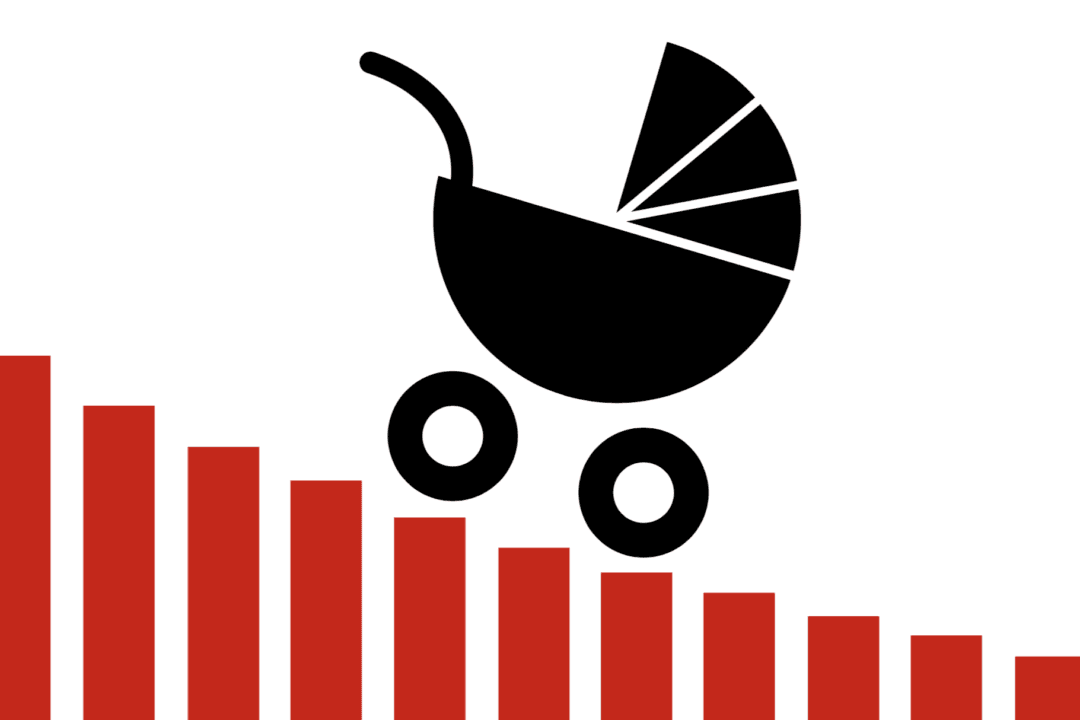Commentary
In a recent article in The Atlantic, Derek Thompson wrote: “The implications of permanently slumped population growth are wide-ranging. Shrinking populations produce stagnant economies. ... Whether by accident, design, or a total misunderstanding of basic economics, America has steered itself into the demographic danger zone.”





